Gizmo's antenna mast 2013: FLIR, Rogue, Wilson & more
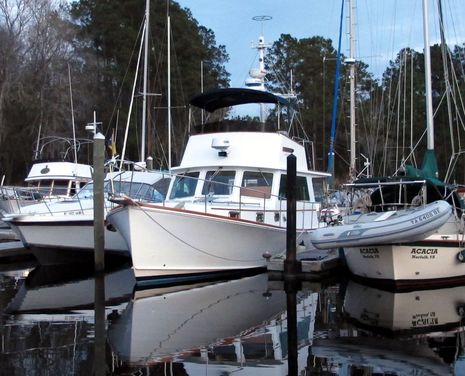
I've heard it said that if you heeded all the manufacturer advice about antenna placement, you'd need a boat 100-feet long with four or five masts. I've been meaning to ask Panbo readers about how to best use Gizmo's single (though beefy) antenna mast, but instead I went and rejiggered everything last week and your advice will have to wait for the next revision. What mainly drove the change is the long term loan of a FLIR M-Series camera system, which certainly deserves the premier masthead position...
I've already tested a "dual payload" M-Series (thermal and lowlight cams) and the neat install details have not changed, but this FLIR M-618CS model includes gyro stabilization and the thermal imagery has probably been improved (image processing has a lot to do with the finished results). The really big change, though, is how the FLIR can be tightly integrated with many MFDs now, including recent models from Raymarine, Furuno, and Navico. Not only will I be able to pan and zoom the M618, plus manage color palettes and other nuances, with the included controller but I should be able to enable the same control from several of Gizmo's touch displays, plus the ability to lock onto AIS targets, waypoints, radar blips and other critical navigation objects. How much this generally increases the operational value of the (expensive) camera system, and how well the specific MFD integrations work, will be an interesting project.
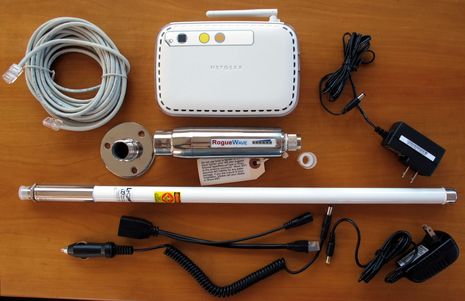
Meanwhile Land and Sea WiFi loaned Gizmo a WaveWiFi RoguePro kit (above) which meant I could do a neat install at mast spreader level. I suspect I'll get a bit more range and durability than the regular Rogue Wave I've long tested (though it's still going strong on the fly bridge rail). I was impressed how complete the Land and Sea kit has become. What you see above is everything you probably need to install the RoguePro plus your boat's onboard WiFi router all powered either by 12v DC or 110v AC. Land and Sea will even program your desired onboard hotspot name into the Netgear router, and there's a bit of Rescue Tape to "belt and suspenders" the antenna to RoguePro connection.
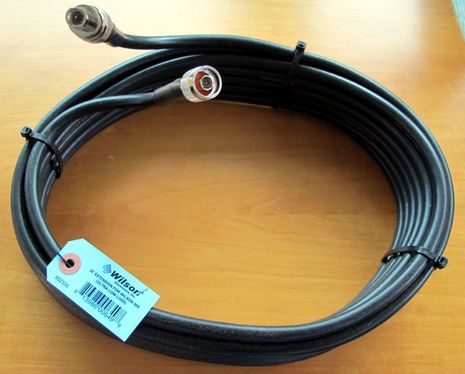
One of the beauties of the Rogue (and other high power marine WiFi systems like and the WirieAP or the Nauticloud) is that your install is not limited by the constraints of USB or coax cables. Unfortunately the same techniques do not apply to high-power cell boosters and that's why I'm about to try snaking that Wilson400 Ultra-Low-Loss coax cable from the mast spreader to the pilothouse (wish me luck, please). I could have used lighter cable but I attended an electronics trouble shooting seminar at IBEX where one thing all the pros seemed to agree on was how valuable LMR400 coax is for maximizing performance, particularly on high frequencies, and minimizing EMI issues...
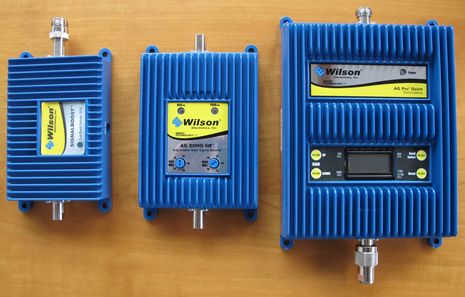
Besides, since Wilson has decided to loan Gizmo the mother of all cell boosters, I figured I ought to go for maximum performance. The SignalBoost dual band at left above is the one I installed with a Digital antenna just before I left Maine last fall, and it really helped in places where the Verizon signal was weak. (You can see how it and other antennas were set up here.) Then in January, when Wilson decided to pay more attention to the marine market, I bench tested that AG SOHO 60 and some other gear like the Wilson marine antenna now mounted at the spreaders. I'll be able to test any of these but the one that should zip up data or voice connections for any phone on Gizmo is the new AG Pro Quint.
What about VHF and AIS? Well, I moved the 8-foot Shakespeare installed on the spreaders last summer a little lower but suspect it will still be the boat's longest range VHF/AIS stick (size matters I learned, and I use the 8 with an excellent Vesper antenna splitter). The two VHF/AIS backup whips, one GAM and one Shakespeare, were moved from masthead to the spreaders (yes, they're close to the cell and WiFi antennas but won't often be used simultaneously and I wanted to keep all of them as far out of the stainless steel shrouds as possible). I was thinking somewhat of symmetry but also of keeping the antennas within the protective cone created by that Lightning Electrotechnologies "Streamer Inhibitor" -- also known as Gizmo's peace halo. I don't know if I'll ever see it tested, but ever since I wrote about the sample (later replaced a larger halo specifically designed for Gizmo) I've felt dumb when it wasn't installed.
I do want to get one of the "peace" spokes lined up with the bow, and eventually a similarly three legged aluminum top plate might do a sharper job of mounting the FLIR plue Maretron and Airmar ultrasonic weather stations (than the Azek boards I'm using now). But will I find other things I want to change? What do you all think?
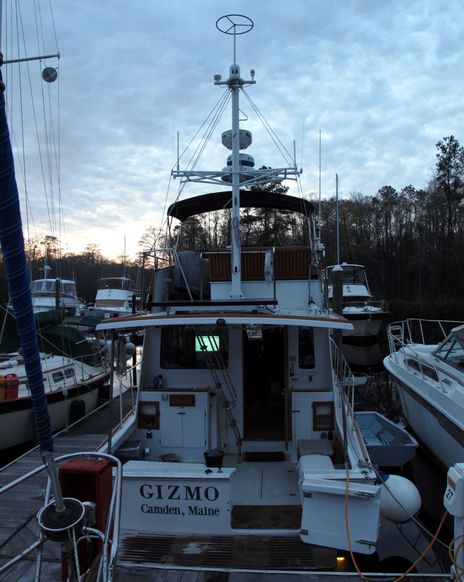

 Share
Share
You're making a mistake on the cellular amp. Those amps won't provide any help with 4G/LTE signals. In fact, it'll degrade your signal strength on those bands.
4G/LTE is available through about 30% of the ICW now. Perhaps even more this spring. You're giving bad advice about showing which cellular amp to use.